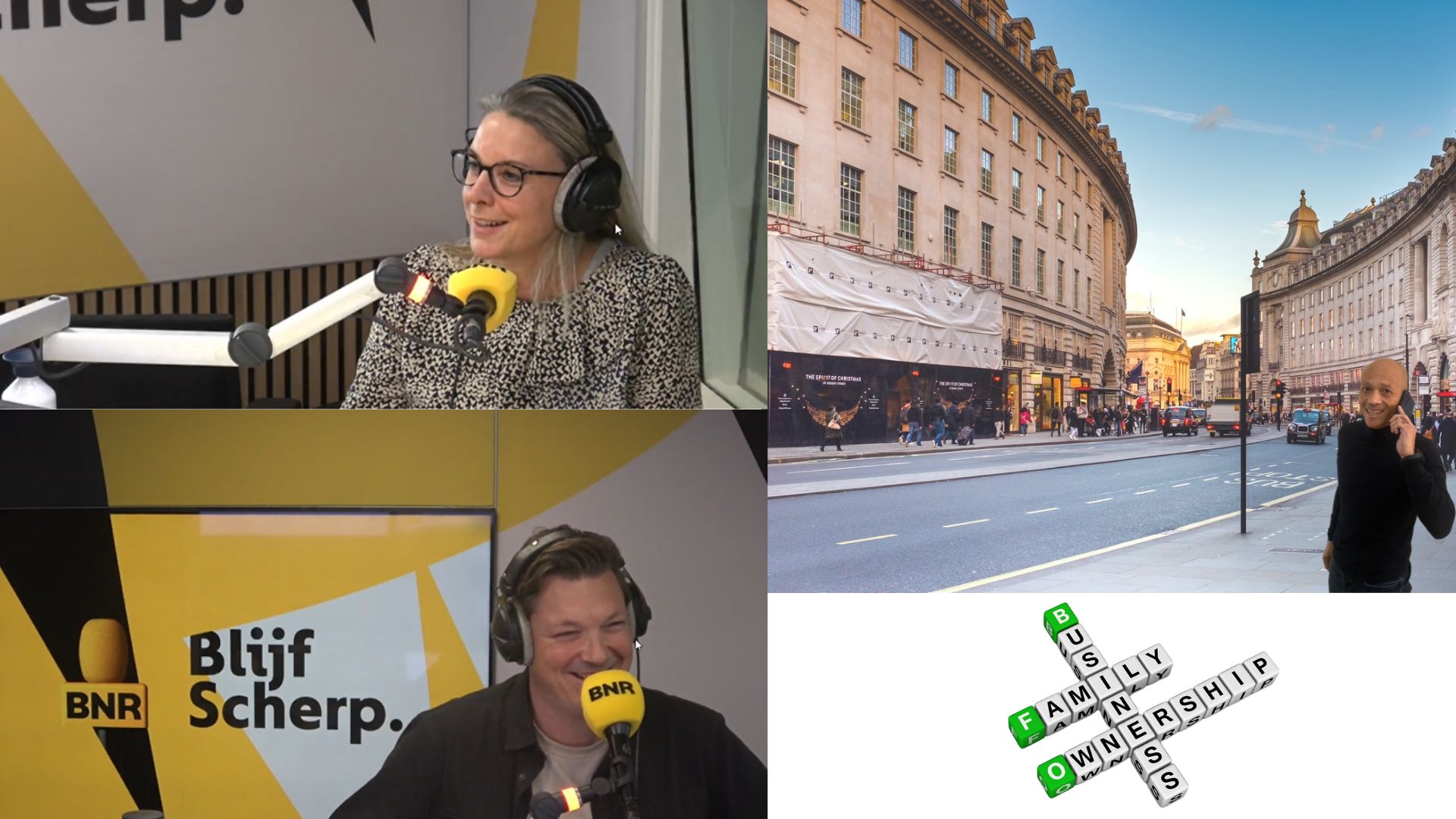Earlier this year, the Dutch Ministry of Defense chose France’s Naval Group and its Dutch partner, Royal IHC, to build four submarines for the Dutch Royal Navy as part of its Submarine Replacement program. For this program, companies were tasked with constructing four Barracuda-class diesel-electric submarines to replace the Dutch Royal Navy’s aging Walrus-class boats.
Christophe Van der Maat, the spokesperson for the Dutch State Secretary of Defense, stated in a communication to Breaking Defense that two of these submarines are expected to be operational between 2034 and 2037. Furthermore, according to the letter provided by the Ministry of Defense, it is estimated that the “investment budget,” which covers construction and other costs up to 2039, will total €5.6 billion ($6.1 billion).
This high-profile project highlights the importance of effective collaboration between different cultures, even though it is between two European Companies that are less than 200 km apart . As seen in past mergers such as Air France-KLM, cultural clashes and the difficulty to understand each other’s work method and ways of communicating threaten effective collaboration.
CHALLENGES FACED DURING CROSS-BORDER PARTNERSHIPS
💰🔝Focus on Profit vs. Hierarchy:
- Dutch (KLM): Seen as highly focused on profit and financial performance.
- French (Air France): Seen as prioritizing hierarchy and political interests over company interests.
🧑💻Perception of Professionalism:
- Dutch: Seen by French colleagues as considering themselves more professional and “super cool.”
- French: Seen by Dutch colleagues as less professional and overly concerned with maintaining their positions.
🤝Economic Trust:
- Dutch: Distrustful of the French economy, viewing it as unstable and seeing Air France as a “time bomb.”
- French: Not noted to distrust the Dutch economy, but focused on internal hierarchy.
🛡️⏲️Job Security vs. Company Efficiency:
- Dutch: Believe French colleagues are too focused on job security.
- French: Feel they look out for the best interest of the entire company, while Dutch prioritize KLM.
🔝👑Hierarchy vs Authority:
- French culture values hierarchical structures and respect for authority, leading to top-down decision-making.
- Dutch culture favors a flat organizational structure with egalitarian principles and consensus-based decisions.
🗣️Communication Style:
- French communication tends to be formal and nuanced, often perceived by the Dutch as indirect or overly sophisticated.
- Dutch communication is direct, straightforward, and sometimes perceived by the French as blunt or lacking in subtlety.
⚡🔬Attitude Toward Risk and Innovation:
- French employees may exhibit caution and prefer stability, which can be seen in their risk-averse behavior.
- Dutch employees are generally more open to taking risks and embrace innovation more readily.
⚖️Work-Life Balance:
- French workers emphasize a clear separation between work and personal life, valuing long breaks and vacations.
- Dutch workers also value work-life balance but are more flexible, often incorporating efficient work practices to ensure personal time.
🤝Conflict Resolution:
- In France, conflicts may be resolved through negotiation and maintaining decorum, often involving higher management.
- In the Netherlands, conflicts are typically addressed openly and directly, with an emphasis on finding practical solutions quickly.
PROPOSED SOLUTION TO INCREASE THE SUCCESS RATE OF CROSS-BORDER PARTNERSHIPS
Hence, companies need to recognize common interests and express a willingness to find solutions as there are more and more joint projects between companies, especially in Europe. Some solutions include:
📝Have clear Communication
🔍Clearly define Roles and Responsibilities:
- Create detailed job descriptions and project timelines to avoid overlaps and gaps.
🌍Cultural Sensitivity and Training:
- Provide cultural sensitivity training to employees to foster mutual respect and understanding.
- Encourage sharing cultural practices and corporate norms to bridge gaps.
🚀Leadership and Governance:
- Form a joint leadership team with representatives from both companies to oversee the project.
- Establish a governance structure that includes decision-making protocols and conflict resolution mechanisms.
🛠️Collaborative Tools and Technologies:
- Use collaborative tools and project management software to streamline workflows and document sharing.
- Ensure all team members are trained in using these tools effectively.
🔄Regular Progress Reviews:
- Have regular meetings to review progress, address issues, and adjust strategies as needed.
💡Conflict Resolution Mechanisms:
- Set up clear procedures for addressing and resolving conflicts quickly and fairly.
📜Legal and Compliance Considerations:
- Address intellectual property rights, confidentiality, and other legal concerns in advance.
🌱Build Trust and Relationships:
- Foster a collaborative instead of competitive environment.
♒Adaptability and Flexibility:
- Be prepared to adjust strategies and approaches as the project progresses.
- Encourage flexibility to accommodate changes and unforeseen challenges.






